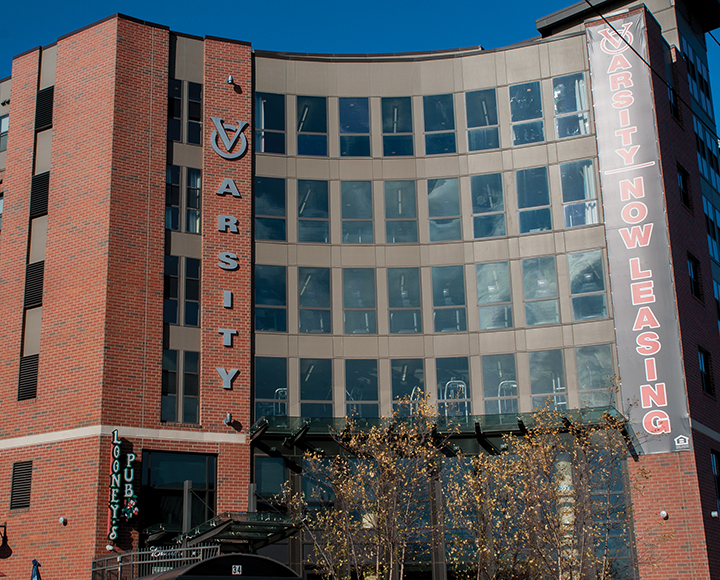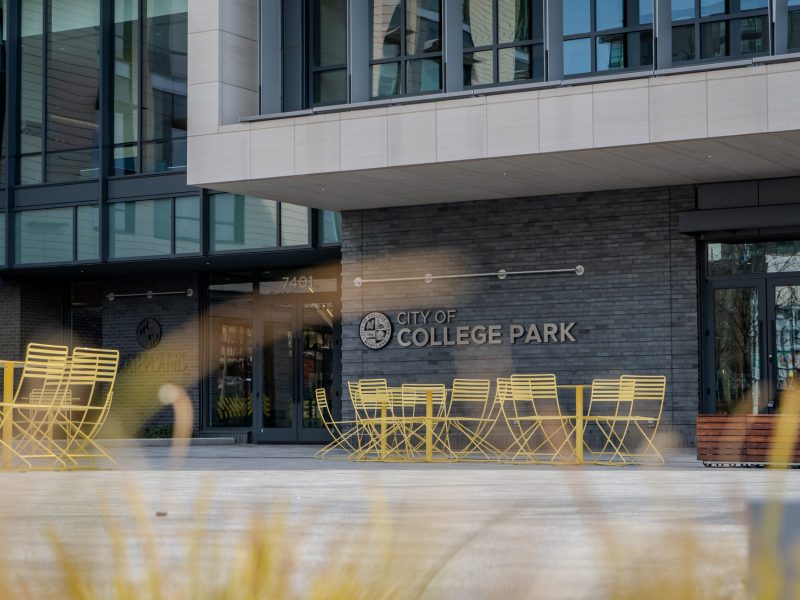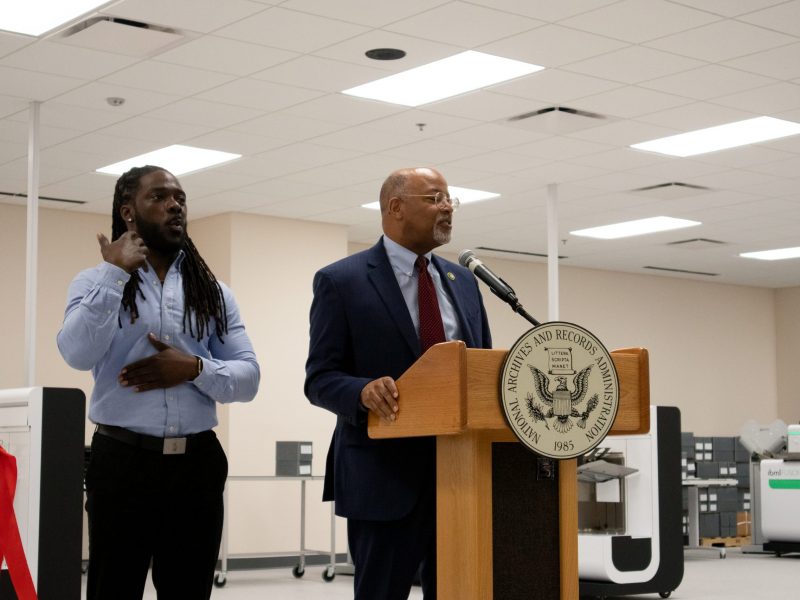Several programs approved in the Prince George’s County’s fiscal 2018 budget and College Park-specific initiatives are working to increase access to quality housing in College Park.
The $3.8 billion county budget provides $5.1 million to the county’s Housing Investment Trust Fund — the first time money has been added to the fund since it was passed in 2012 by the County Council.
The Housing Investment Trust Fund provides financial support for the development and purchasing of affordable housing within the county.
Dannielle Glaros, Prince George’s County Council vice-chair, said fund will likely initially focus on areas with more urgent housing needs than College Park, but in the future could support affordable housing here.
“It is a commitment to make sure that we are improving our housing for all people who live in Prince George’s County and continue to make sure that all people can find a home in Prince George’s County at all income levels,” Glaros said.
The budget also supports programs that will increase the quality of homes, such as the construction of the College Park Woods Trail, which will connect the College Park Woods community to the Anacostia Tributary Trail System. This project will cost $1.7 million. Construction is set to begin at the start of next year and finish by its end, Glaros said.
$71 million was also allocated for stormwater management projects in fiscal 2018.
The county’s budget approved $119 million to support Purple Line construction, which will run through College Park Metro.
[Read more: College Park officials are hopeful for Purple Line despite Trump’s budget proposal]
A 2017 study by the University of Maryland’s National Center for Smart Growth Research and Education and immigrant advocacy group CASA concluded the Purple Line could bring economic development to disadvantaged areas of the county. But transit investment can also lead to increased housing costs and displace residents of the impacted areas, the study found.
The study proposed using the housing trust fund to preserve affordable housing for those affected by the economic changes the Purple Line will bring. Although the study was focused in Langley Park, there have been concerns that the Purple Line will make housing for students at this university too expensive.
“It’s much harder to build … affordable student housing unless you have land to do it that’s free or much-reduced,” said Eric Olson, the College Park City-University Partnership’s executive director. “The land costs are rising in College Park, so that’s kind of the conundrum that you’re in, in terms of affordable student housing.”
[Read more: UMD and City of College Park officials show excitement for Purple Line]
Increasing homeownership has been a long-standing goal for College Park, District 2 Councilman P.J. Brennan said. Prince George’s County was hit particularly hard by the 2008 foreclosure crisis, Glaros said.
“The reaction of the community was to restore some balance by creating some incentives and figuring out other strategies to attract owner occupants to invest in these homes rather than having them turn over to landlord-operated buildings,” Brennan said.
The city’s Neighborhood Quality of Life committee works to help restore this balance through initiatives like the New Neighbor Homeownership Grant program, Brennan added. The program provides $5,000 grants to households to purchase homes that were previously rental properties or foreclosed homes.
The New Neighbor Homeownership Grant program is a partner of the College Park City-University Partnership’s Homeownership Program, which provides $15,000 loans to university and city employees to become homeowners. The CPCUP program has provided almost 25 loans to date in its 2 years of operation, Olson said.
“We’re trying to get people who work in College Park to live in College Park,” Olson said.
Brennan said people who live in rental homes are not invested in their communities as long as homeowners are, especially in College Park, where some renters stay just one to four years for academic purposes. These programs encourage homeownership to preserve a sense of community in College Park, which helps promote diversity and improve the environment by decreasing the number of commutes, he added.
“We’re helping promote diversity in the city because we want to see a range of people being able to afford and live in the area,” Brennan said.



